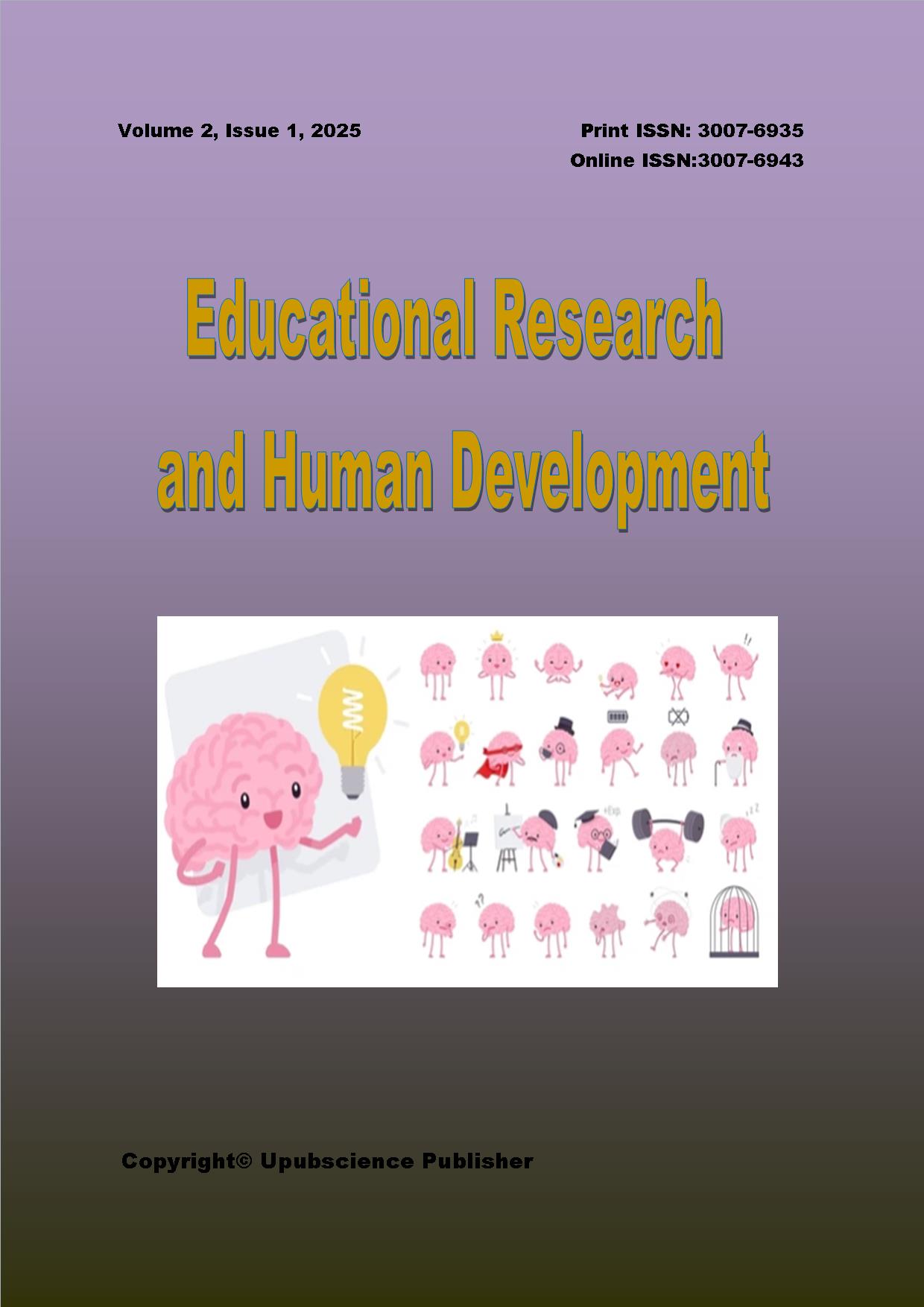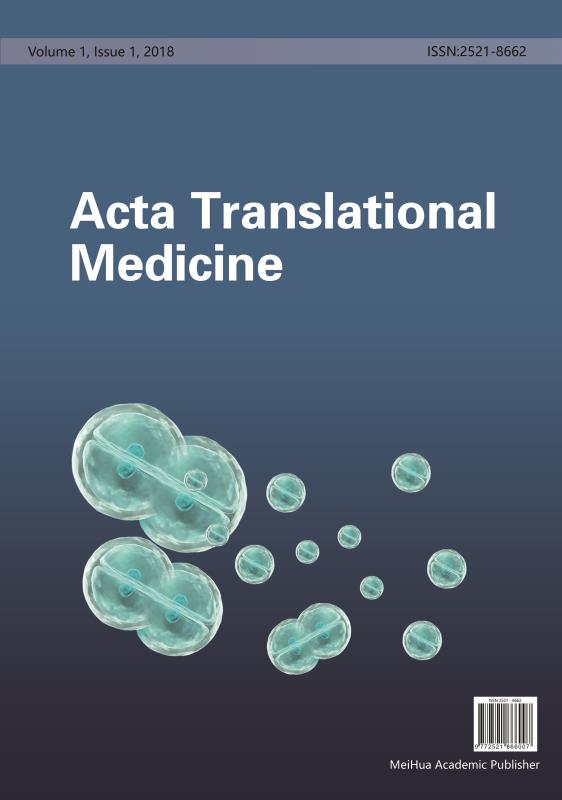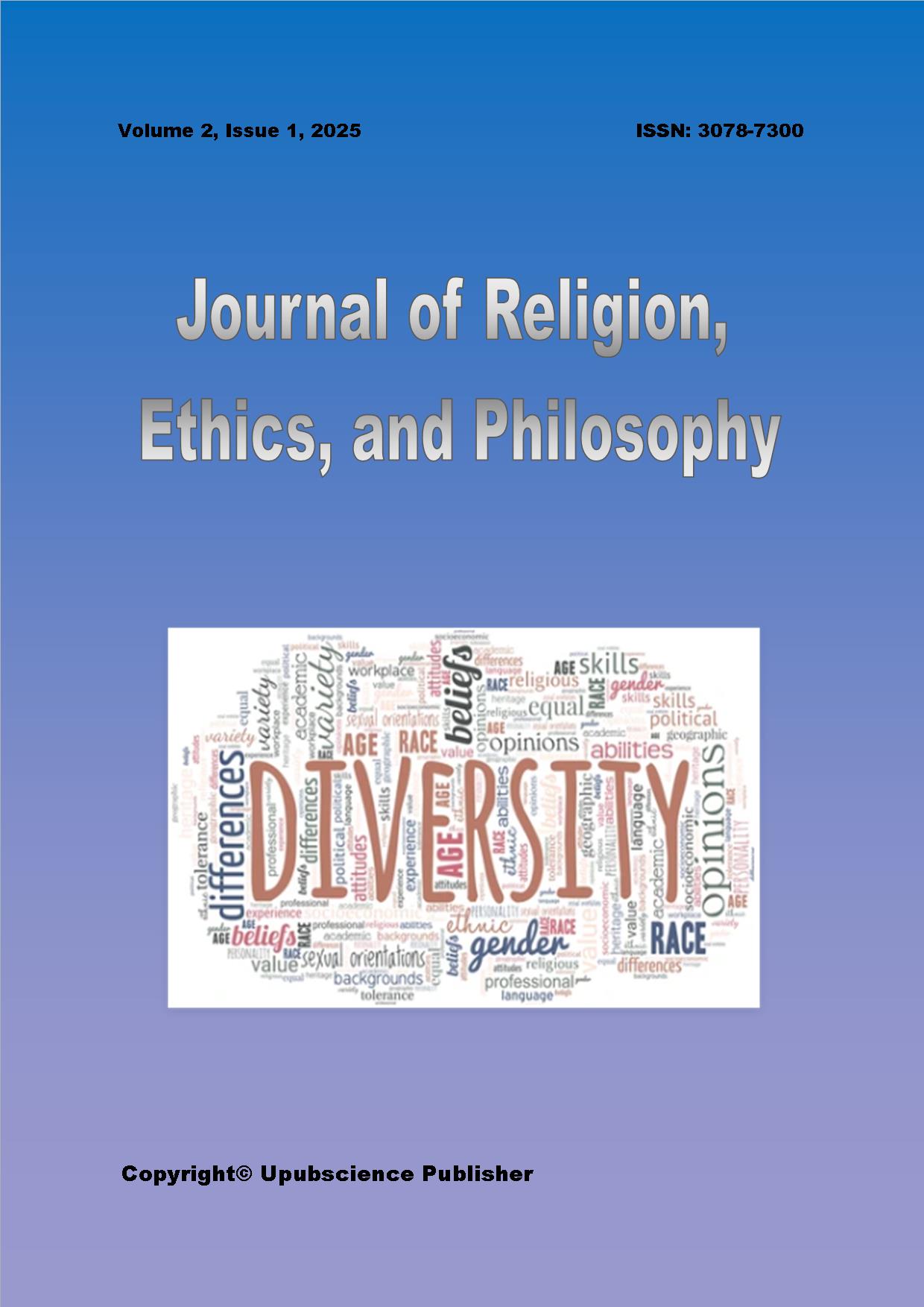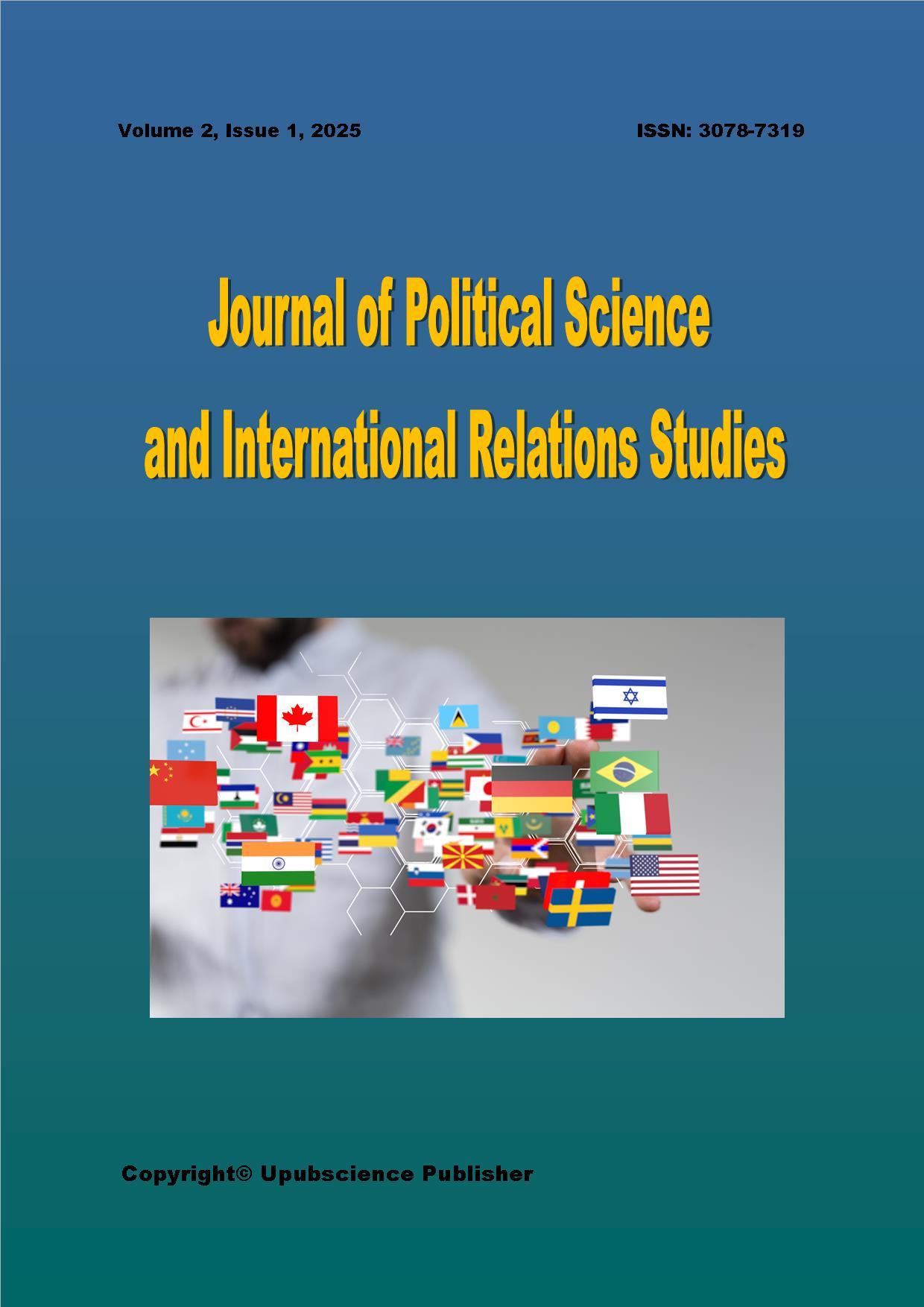Manuscripts submitted to Upubscience should neither be published previously nor be under consideration for publication in another journal. The main article types are listed below and a comprehensive list of article types can be found here.
Article: These are original research manuscripts. The work should report scientifically sound experiments and provide a substantial amount of new information. The article should include the most recent and relevant references in the field. The structure should include an Abstract, Keywords, Introduction, Materials and Methods, Results, Discussion, and Conclusions (optional) sections, with a suggested minimum word count of 4000 words.
Review: Reviews offer a comprehensive analysis of the existing literature within a field of study, identifying current gaps or problems. They should be critical and constructive and provide recommendations for future research. No new, unpublished data should be presented. The structure can include an Abstract, Keywords, Introduction, Relevant Sections, Discussion, Conclusions, and Future Directions, with a suggested minimum word count of 4000 words.
All manuscripts and any supplementary material should be submitted via the Submission System or to the respective journal email address: erhd@upubscience.com or editor@upubscience.com
An original article would normally consist of 3000-7000 words (excluding figures, tables, and references), although high-quality articles which exceed 7000 words will be considered.
All articles must be written in English, using UK spelling and terminology. The text and English language in new and revised articles must be checked, edited and corrected by the authors, preferably with the help of a native English speaker.
Submissions may be formatted in single or double spacing, preferably in Times New Roman size 10 font. All accepted articles will be correctly formatted for publication.
The text of the article should include the following:
Title
Author(s)
Affiliation(s)
Abstract
Keywords
Text body
References and notes
Tables, figure captions and figures
Template (Word) for all journals is available here, should you wish to use. Although the templates will allow you to estimate the total number of pages if typed in single-line spacing, it is not essential that you use one, since all accepted articles will, as stated above, be correctly formatted for publication by Upubscience Publisher.
Title, Abstract, Keywords, Addresses
Title, author(s), and affiliations should all be included on a title page as the first page of the manuscript file, followed by a 100-300 word abstract and 3-5 keywords. The order they follow is: Title, Authors, Affiliations, Abstract, Keywords.
Title: as short as possible, with no uncommon abbreviations or acronyms.
Abstract: should be factual and precise and less than 100-300 words.
It needs to briefly cover the aim of your research, the methodologies used and what you concluded.
Avoid including references. If essential, then cite the author and year.
Avoid using uncommon abbreviations. If unavoidable, then define at the first mention in the abstract.
Use any relevant keywords to improve the findability of your paper in online search engines and indexes.
A well-constructed abstract is important as it will attract readers to your paper.
Keywords: approximately 3-5 words or phrases. Keywords are important for online searching.
Address*: position, department, name of institution, full postal address and email address for each author.
Figure and table requirement:
All figures or photographs must be submitted as jpg or tif files with distinct characters and symbols at 500 dpi (dots per inch). Test your figures by printing them from a personal computer. The online version should look relatively similar to the personal-printer copy. Tables and equations should be in an editable rather than image version. Tables must be edited with Word/Excel. Equations must be edited with Equation Editor. Figures, tables and equations should be numbered and cited as Figure 1, Figure 2, Figure 3, etc. in sequence.
References format
All works cited in the text with square brackets must be included in the References section at the end of the article.
Footnotes should be avoided, but any short, succinct notes makin a specific point may be placed in number order following the list of references.
References should be made only to works that are published, accepted for publication (not merely "submitted"), or available through libraries or institutions. Any other source should be qualified by a note regarding availability.
All reference sources must be written in English.
The full reference should include:
All authors' names and initials
Date of publication
Title of article
Title of publication
Volume and issue number (of a journal)
Publisher and form (for books and conference proceedings)
Page numbers
DOI (Digital Object Identifier), if available.
For websites or internet-based resources, also add accessed day month year (the date you last viewed the article), URL or internet address.
Authors must ensure that any URLs included in references are valid, and should provide a shortened version of the URL if the original is longer than 90 characters.
To shorten, include the main site (domain name) details only. Do not use a link shortener.
e.g. https://www.semanticscholar.org/ instead of https://www.semanticscholar.org/paper/Analysis-of-oncogenic-signaling-networks-in-ASPM-as-Horvath-Zhang/ad3d83fad8605bddbae8ea7948e54f792eff1b55
More examples of references may be found in sample articles available from all journal homepages.
Please use the Numeric Referencing System which uses numerals in the text with a detailed numerical list at the end of the paper. For example, '...Horvath's [1] research supported the earlier findings of Hert [2] highlighting the probability of the results in this area to be true...'
Translated Works
Difficulty often arises in translating acronyms, so it is best to spell out an acronym in English.
Similarly, labels and suffixes need careful attention where the letters refer to words which have been translated.
The names of mathematical functions may change in translation - check against an English or American mathematical reference text.





